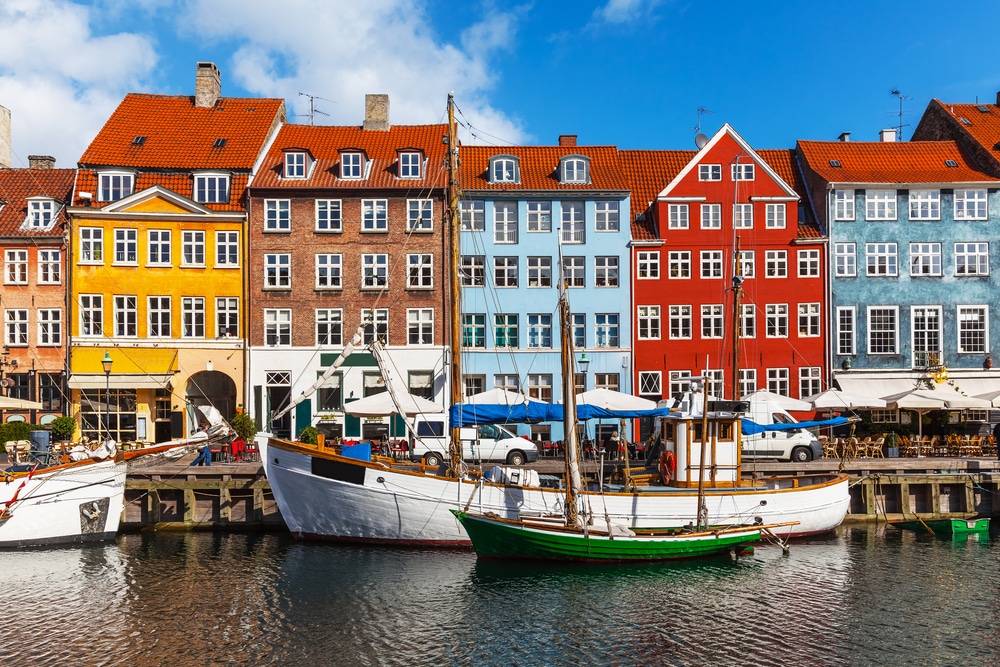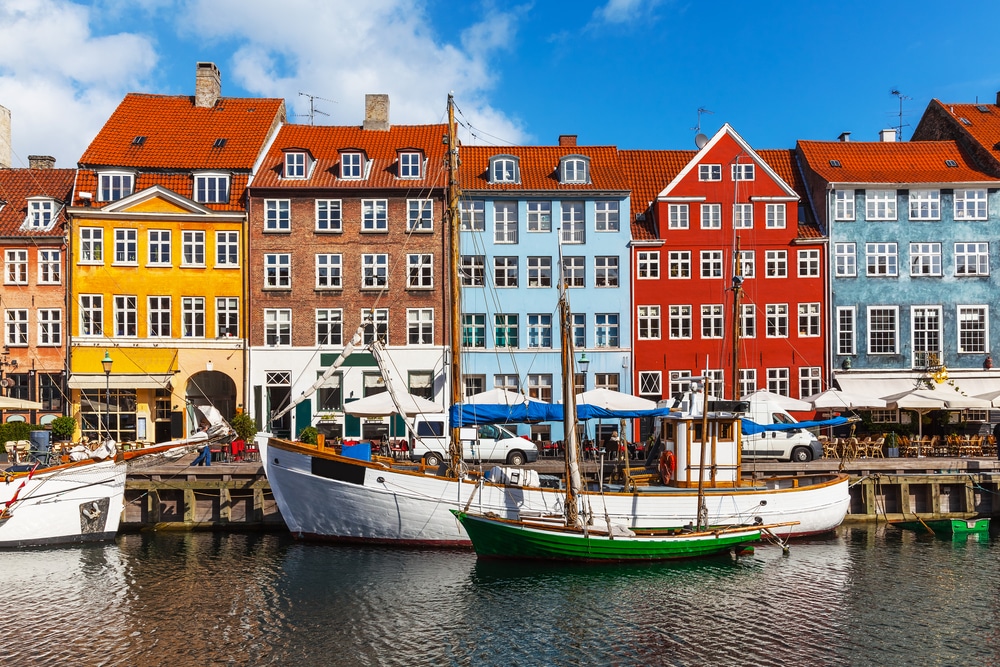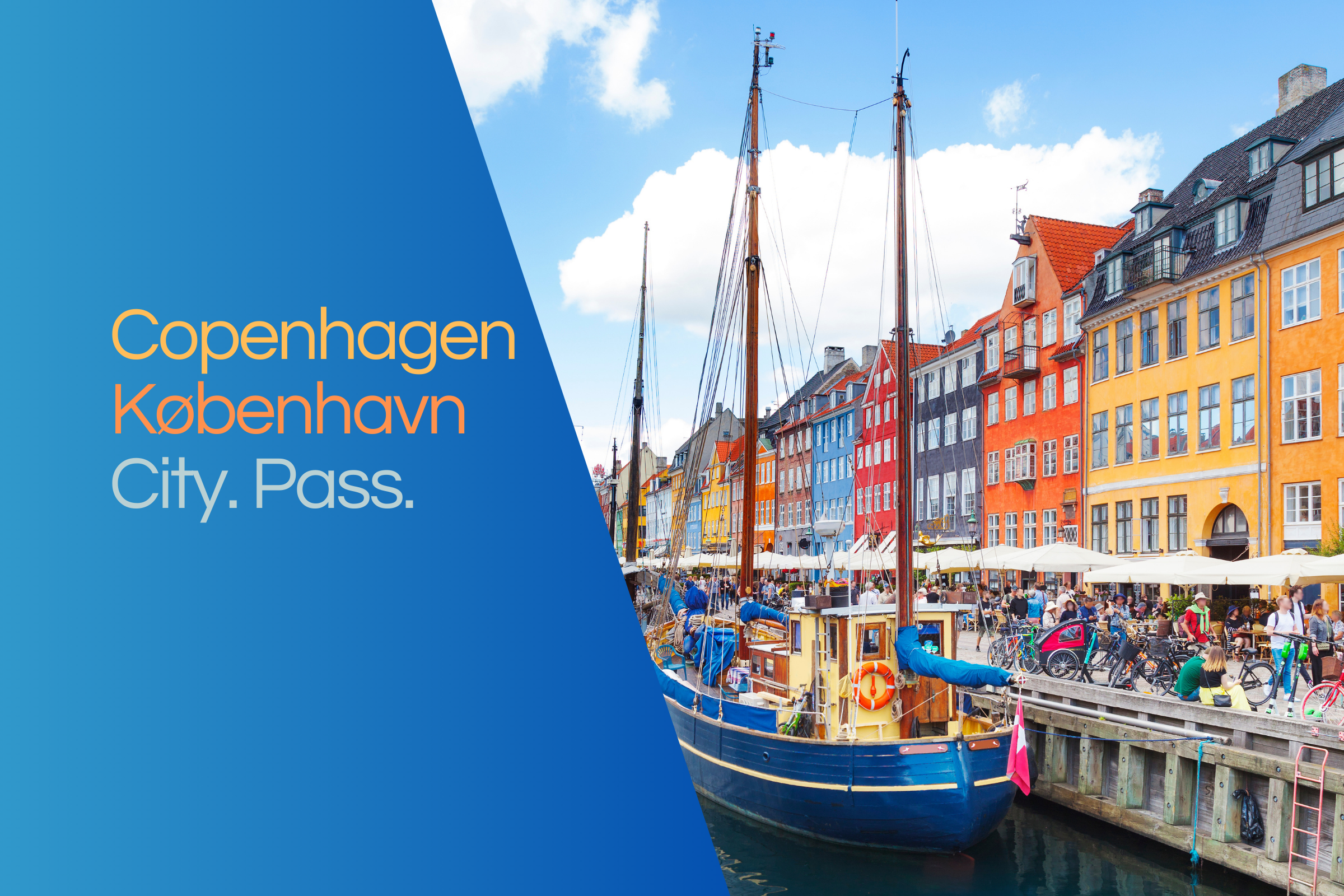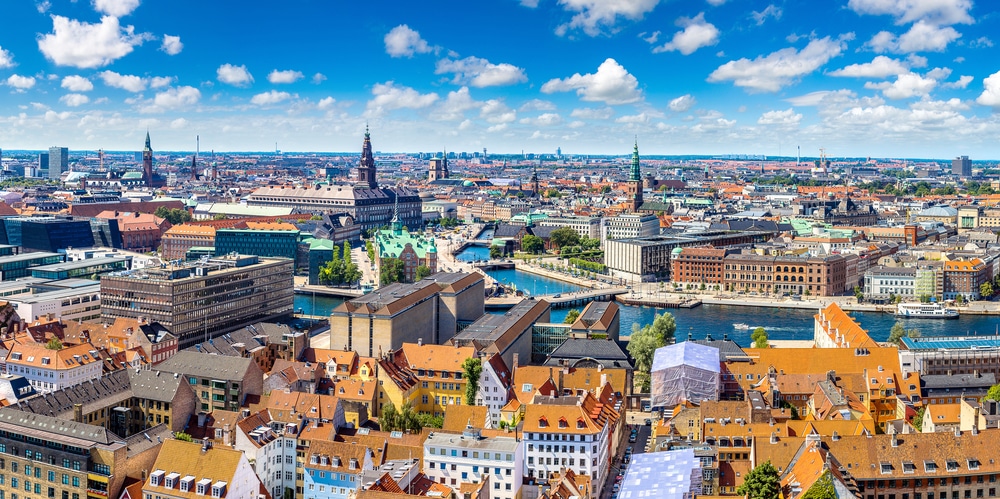- Home ›
- Denmark ›
- Copenhagen
The Copenhagen Castle was completed as a fortress in 1667. It is located in the northeast of the Danish capital, very close to the Little Mermaid.
The first ideal design came from Pietro Cataneo (1481 - 1536), an Italian Renaissance architect, military engineer and mathematician, who also dealt with architecture very comprehensively in theoretical terms.
The fort was finally built by the Dutchman Henrik Ruse (1624 - 1679), who had also built the German fortress of Harburg, among others. The Copenhageners built their fort where their king Christian IV had previously erected a redoubt at the entrance to the harbour in 1625. This had become strategically much more important from 1658 due to the loss of land by the Danes east of the Öresund, a fortress was now needed.
After the first extension in 1667, it was rebuilt several times. From 1892, the city of Copenhagen had a railway line and a road laid through the fort. The most recent renovations date from the years after 1945.
Layout of the Copenhagen fort
The Kastellet has a pentagonal, almost completely regular shape. There are five bastions in a system of moats:
- Kongens Bastion
- Prinsens Bastion
- Dronningens Bastion
- Prinsessen's Bastion
- Grevens Bastion
In front of the bastions are ramparts (so-called ravelins). In front of these are counter-guards, i.e. lower ramparts to protect the ravelins and bastions. Access to the fortress is via the two gates Kongeporten and Norgesporten. The Kongeporten gate, also called Sjaellandsporten, contains a bust of Frederik III made by François Dusart. The Norgesporten (Norwegian Gate) was built by Lambert van Haven. I
n the Kastellet there is the Kommandantbolig (Commandant's House), built in 1725 by Elias David Häusser, also a rectangular church, a prison and symmetrically arranged magazines and barracks. A windmill was built directly on Kongens Bastion.







